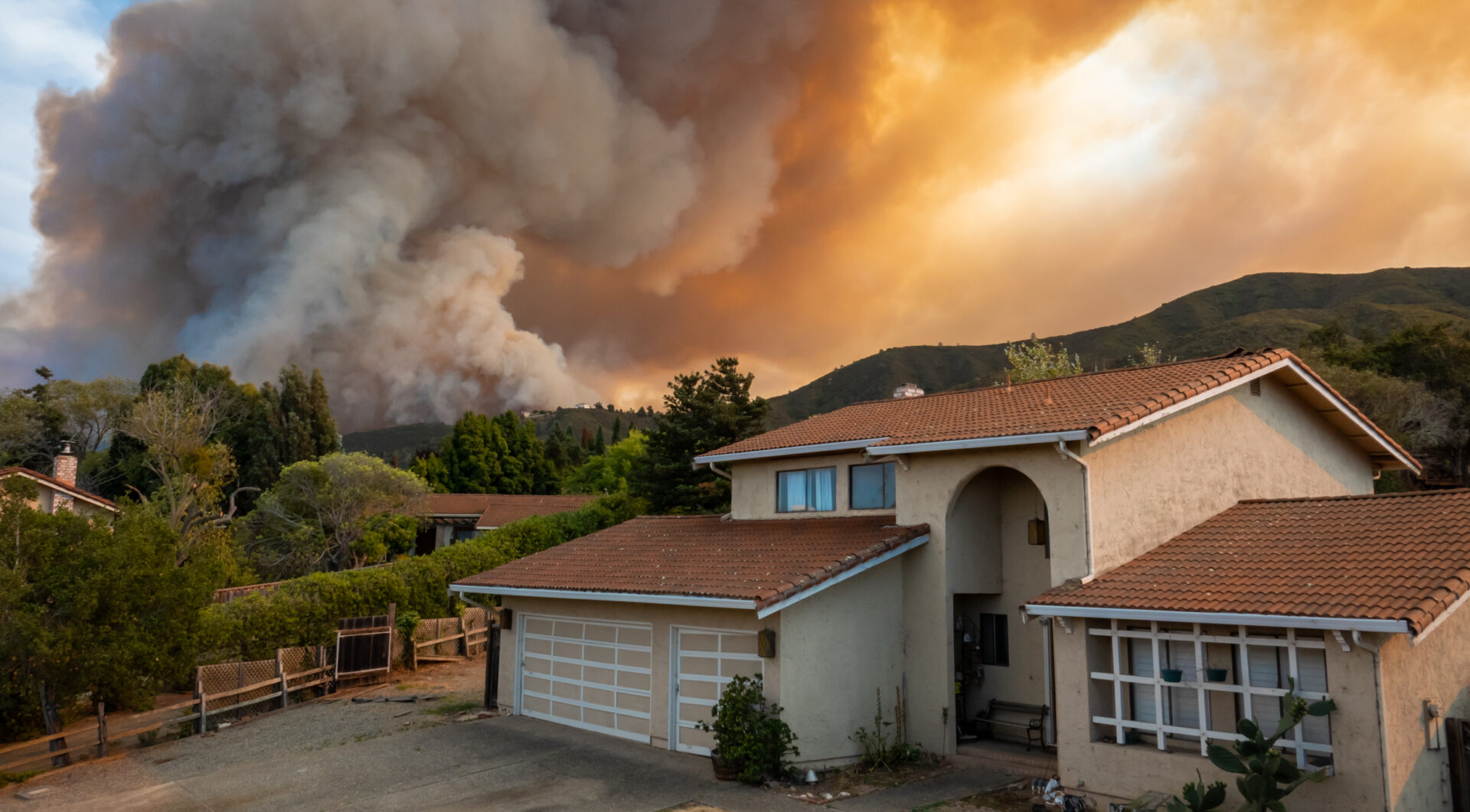More than half of U.S. homes built in the last ten years face risk from climate change, a huge jump from previous decades, Redfin reported.
Redfin analyzed climate-risk scores from ClimateCheck and county records on homes built since 1900 to determine how many homes have a higher risk of climate-related damage.
Fifty-five percent of homes are at risk for fires, while 45% are in drought-prone areas. This is a massive increase from the first half of the 20th century when only 14% of homes were in high fire risk areas and 37% faced droughts.
New homes are also more vulnerable to heat and floods– almost 100% of homes built in the last two years see increased heat risk– but fire and drought saw the largest increase in probability.
“People have been gravitating to places with severe climate risk because many of these areas are relatively affordable, have lower property taxes, more housing options, or access to nature,” Redfin Economist Sebastian Sandoval-Olascoaga said of this trend.
“For a lot of people, these benefits seem to outweigh the dangers of climate change. But as natural disasters become more frequent, homeowners in these areas may end up losing property value or face considerable difficulty getting their properties insured against environmental disasters.”
Heat is the most common risk, followed by storm (78%), fire (55%), drought (45%), and flood (25%).
Every one of the states with the most building permits this year faces a significant risk from climate change damage. Those are Texas, Florida, California, North Carolina, Georgia, Arizona, and Colorado.
The Federal Emergency Management Agency ranks California, Texas, Florida, and North Carolina as the states with the highest risk for homeowners– that is, the states that are most likely to have disasters that threaten buildings, people, and agriculture.
Home sales prices are up 167% in metros within states that have had at least 50 FEMA disaster declarations since 2012. By comparison, the national median increase is only 113%.
Nearly 40% of single-family homes built this decade are in one of the 10 most fire-prone states, compared with 24.3% of homes built from 1900 to 1959.
Climate change has been on the minds of many mortgage brokers this year thanks to severe weather and record storm damage.
A report from MBA’s Research Institute for Housing America found that mortgage lenders and investors don’t know how to gauge or mitigate their risk in this area.
“They are anxious to figure out what to do but not sure where to go to find out. They are unprepared but no longer unaware,” said Sean Becketti, author of the report and former chief economist at Freddie Mac.
